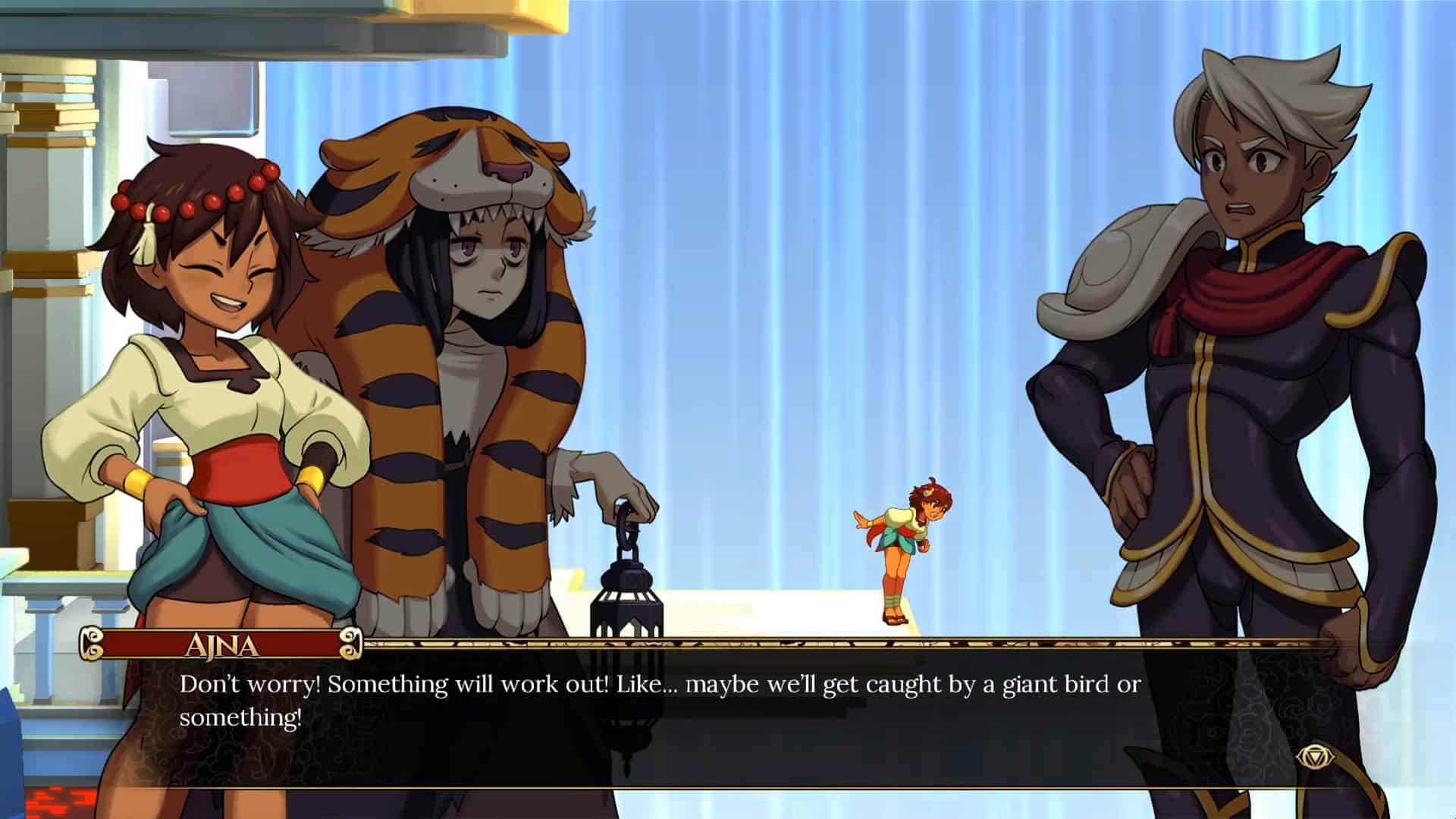
What is it? A turnish-based RPG with fighting game inspired combat and 2.5D platforming exploration.
Reviewed on: Windows 10, intel i7 8700k, 16GB RAM, NVIDIA GeForce GTX 970
Price: $40/£35
Release date: Out now
Publisher: 505 Games
Developer: Lab Zero Games
Multiplayer: Singleplayer
Link: Official site
The best fights in Indivisible pit me against an enemy I’ve never seen before and demand that I figure out its weaknesses based on what I’ve learned from previous fights. A giant creepy tree with grasping branch fingers and a single eye can’t be damaged by standard attacks, which I find out when I lead the fight with a series of direct assaults. I’ve encountered enemies that are only damaged by certain move types before, so I try an attack that throws it into the air, which it appears extra susceptible to. For the remainder of the fight I use each of my party members’ juggling moves to throw the nasty old tree head over root until it’s dead.
Indivisible’s experimental battle system is its best aspect, blending the turn-based party structure of a JRPG with the moveset and combo memorization of Lab Zero’s fighting game Skullgirls. It requires enough skill to memorize movesets and combos, and to time attacks and blocks rhythmically, but not so much that only competitive fighting game pros can feel badass.
Each fight pits my party of four against a few enemies facing off at opposite sides of the screen the way you’d expect of a turn-based JRPG. The movesets are simple enough: each of the four buttons (if you use a controller, which I’d recommend) correspond with a character’s position on the field. Pressing a character’s button alone launches their unique standard attack, while pairing a character’s attack button with up or down on the analog stick uses another of their preset abilities. Attacking while holding the right bumper launches a specialty skill that consumes a rainbow bar of special energy called Iddhi.
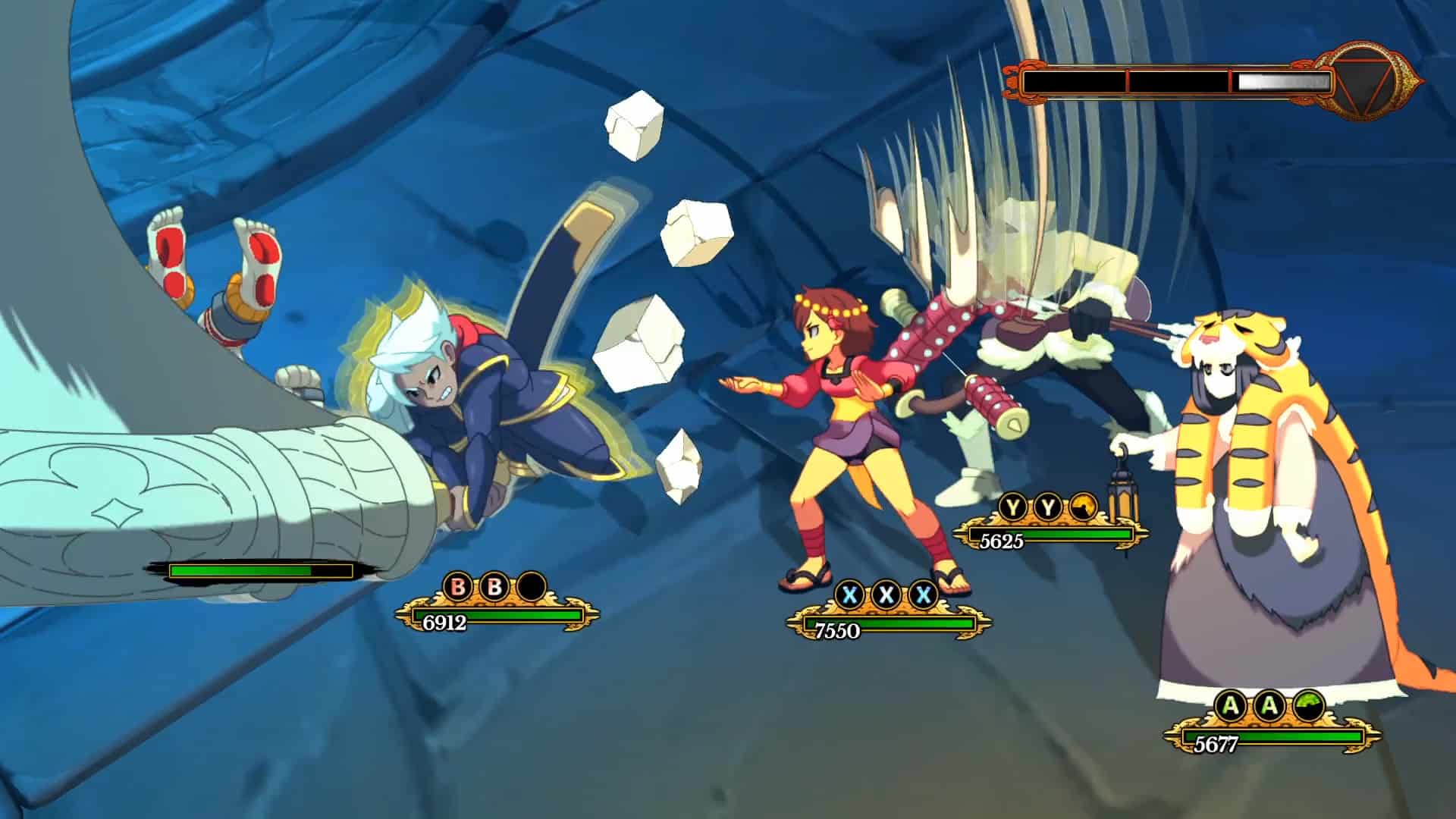
It’s simple enough that I developed a muscle-memory for sets of actions I like to chain together. Although battles weren’t difficult enough that I ever failed anything less than a boss fight, the dexterity and active decision-making they asked of me made each beat down feel like a fun flex on my enemies instead of tedious grinding.
Fancy fightwork
Rather than taking clearly defined turns, I can spend a character’s energy as soon is it’s available, whether I’ve recouped it faster than my foes or not. Some of my characters regenerate quicker than others, throwing out several attacks before an enemy responds. I can attack with all my characters simultaneously if I’m dexterous enough, but when an enemy launches a move, the floor is theirs and the button I normally use for each character’s attack becomes their guard button.
Although it builds in real time, each character’s consistent energy regeneration speed means that most fights do settle into a rhythm that feels like I’m swapping turns. The difference is that I can’t mull over moves endlessly: I’m constantly planning my next set of attacks, or preparing to block. The timing always works out well, and the longest stretches where the enemy and I are simultaneously waiting to recoup energy are no more than a second. The only frustrations I faced were the few times I really thought I’d beat a baddie to the punch (you can see your energy bars, but not the enemy’s), only to have them kicking off an attack just before me and forcing my team to go on the defensive.
I have a lengthy roster of quirky characters that the protagonist Ajna has convinced to come along on her world-saving quest, but I’ve settled on three that I prefer using. Ajna, my axe-wielding melee protagonist, Dhar the giant-sword and earth damage anti-hero, and Razmi, the fire witch and sometimes healer. The fourth slot in my battle team’s starting lineup will typically go to whichever character is the newest to the group for a test drive or to whichever benched member I’ve decided has the most useful abilities for the area I’m in.
Between the easy-to-remember move sets, impressive Iddhi moves, and Lab Zero’s fantastically expressive fighting animations, Indivisible feels like the tricycle version of a fighting game for people like me who’ve never quite taken the training wheels off but still want the thrill of dishing out a beatdown.
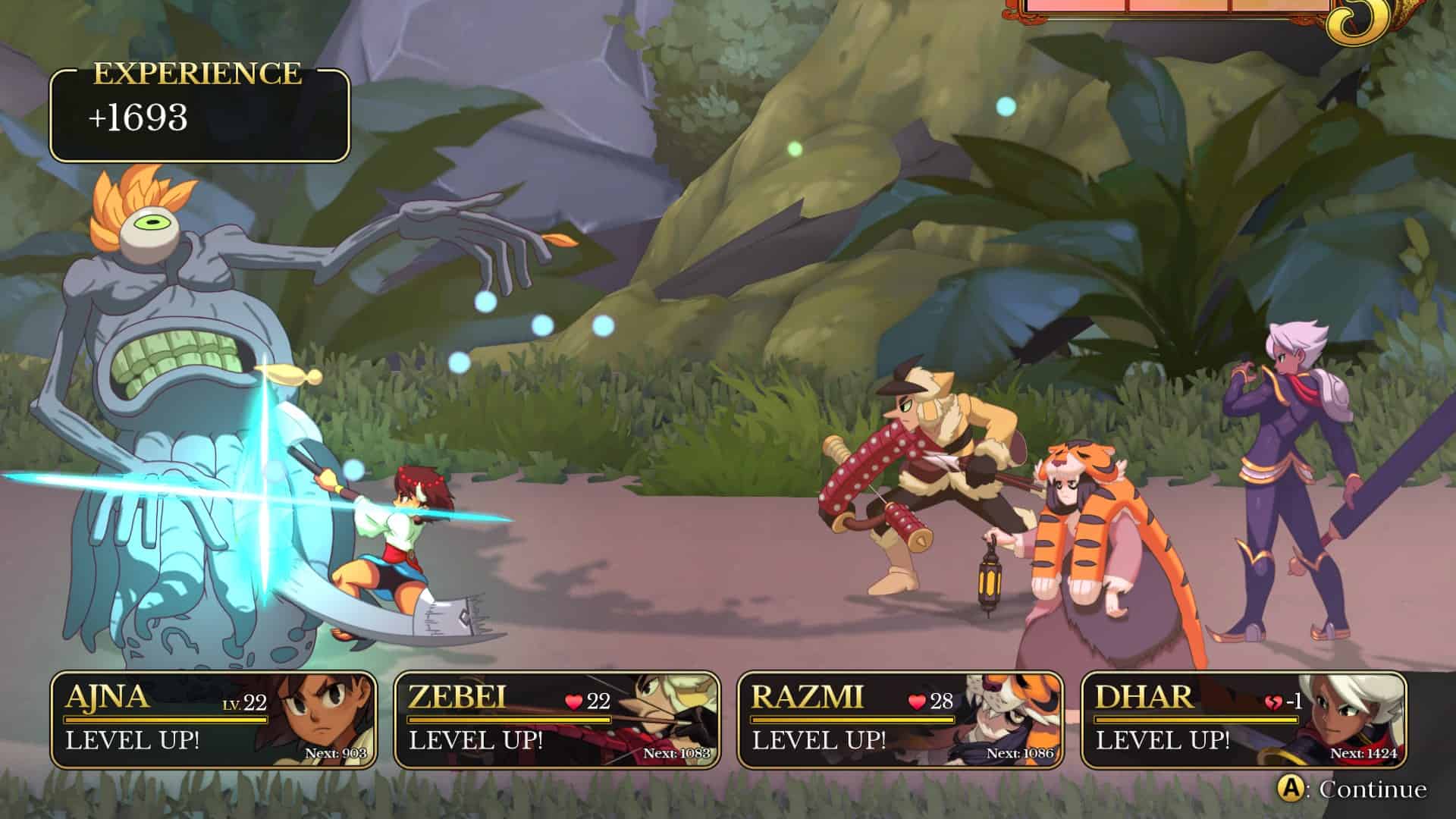
Indivisible’s boss fights are cumulative exams, testing the characters and abilities and knowledge that I’ve gained in the area leading up to them. Some enemies are healed by elemental damage instead of damaged by it. Others need to have their defense broken before they take any proper damage. Others require careful management of my Iddhi bar to make sure I’ve got a few powerful attacks and healing moves at my disposal when needed. They tend to be lengthy encounters with screen-filling health bars that only slightly outlast my patience for proving my mastery of their requirements.
Some bosses feature interludes from the standard party combat which require clever use of my out-of-combat skills, like stealing a boss’s Iddhi to deactivate her defensive barrier, while others fall back on platforming sections mid-battle that, if failed, will mean restarting a lengthy fight from the very beginning. While Lab Zero has a clear mastery of beautifully-animated 2D combat and has created a system that’s worth learning, Indivisible’s platforming and storytelling aren’t quite as deftly executed.
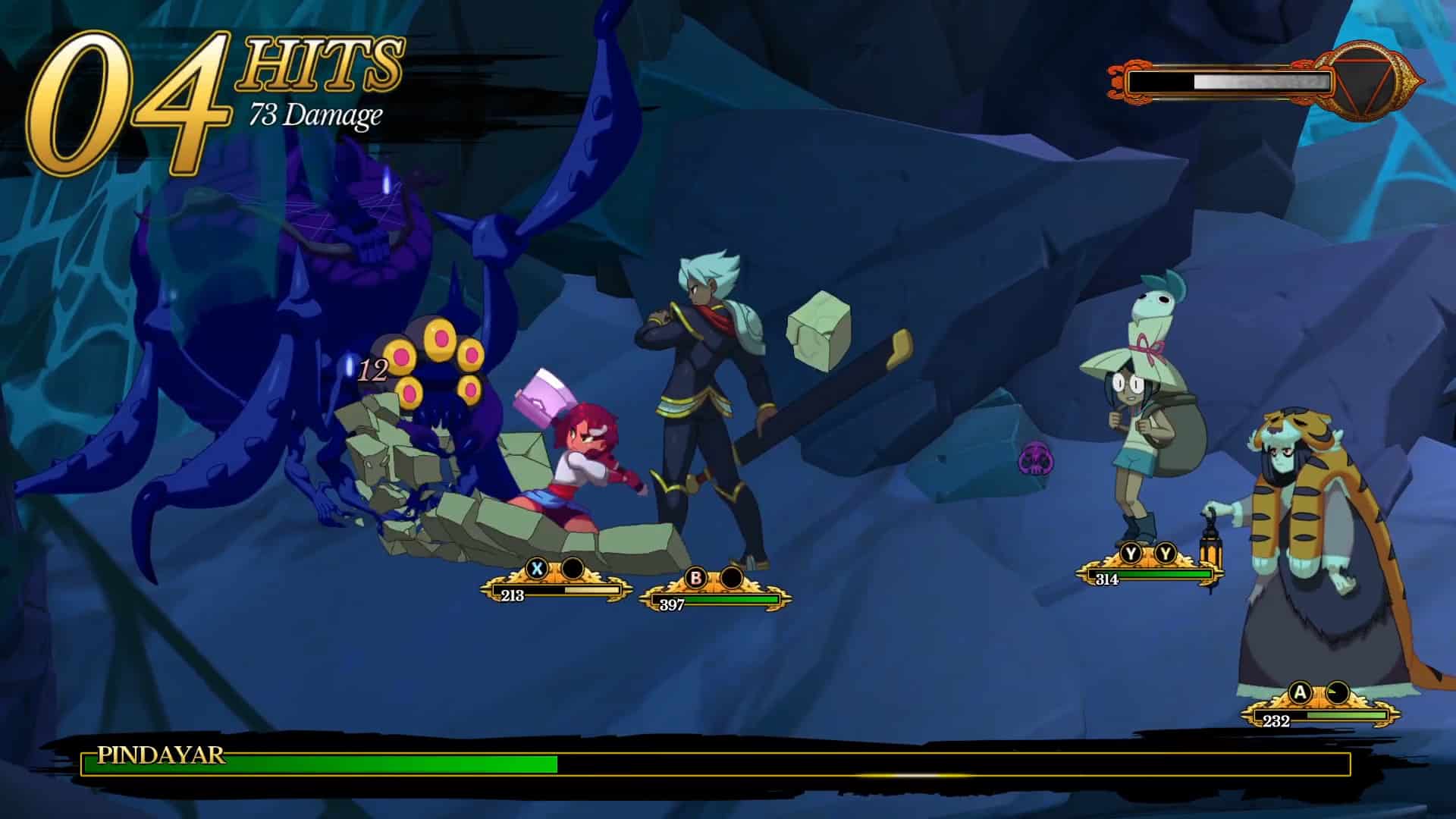
Underplatforming
Outside of the numerous combat encounters, Ajna navigates a Metroid-style cross section of the world with plenty of lateral and vertical exploration that’s aided by various tools and abilities given by party members. Her axe allows her to grab a wall and gain a second upward jump. Her bow shoots faraway targets that often activate timed platforms. She later acquires a spear for even higher vertical jumps and a corkscrew slide that lets her slip through narrow passages.
Ajna’s movement and jumping have just the slightest input delay, making the platforming sections less about precise execution and more about matching the proper peg (my axe or spear or bow) with correct hole (high walls or far targets). Sometimes I need to use my axe to wall jump slightly higher. Other times I need my spear to throw myself up to two facing walls for even more wall jumping. At its most inventive, I’m using a skill from my bow that turns spikey walls into flowers so that I can safely do, yes, more wall jumping. None of it requires much skill, and most of Indivisible’s platforming challenges are just slight variations on that classic wall jump.
Eventually, I find columns of water and gooey pink surfaces for bouncing on and while they’re sometimes paired with crumbling platforms and spikes, they typically lead to even more wall jumping.
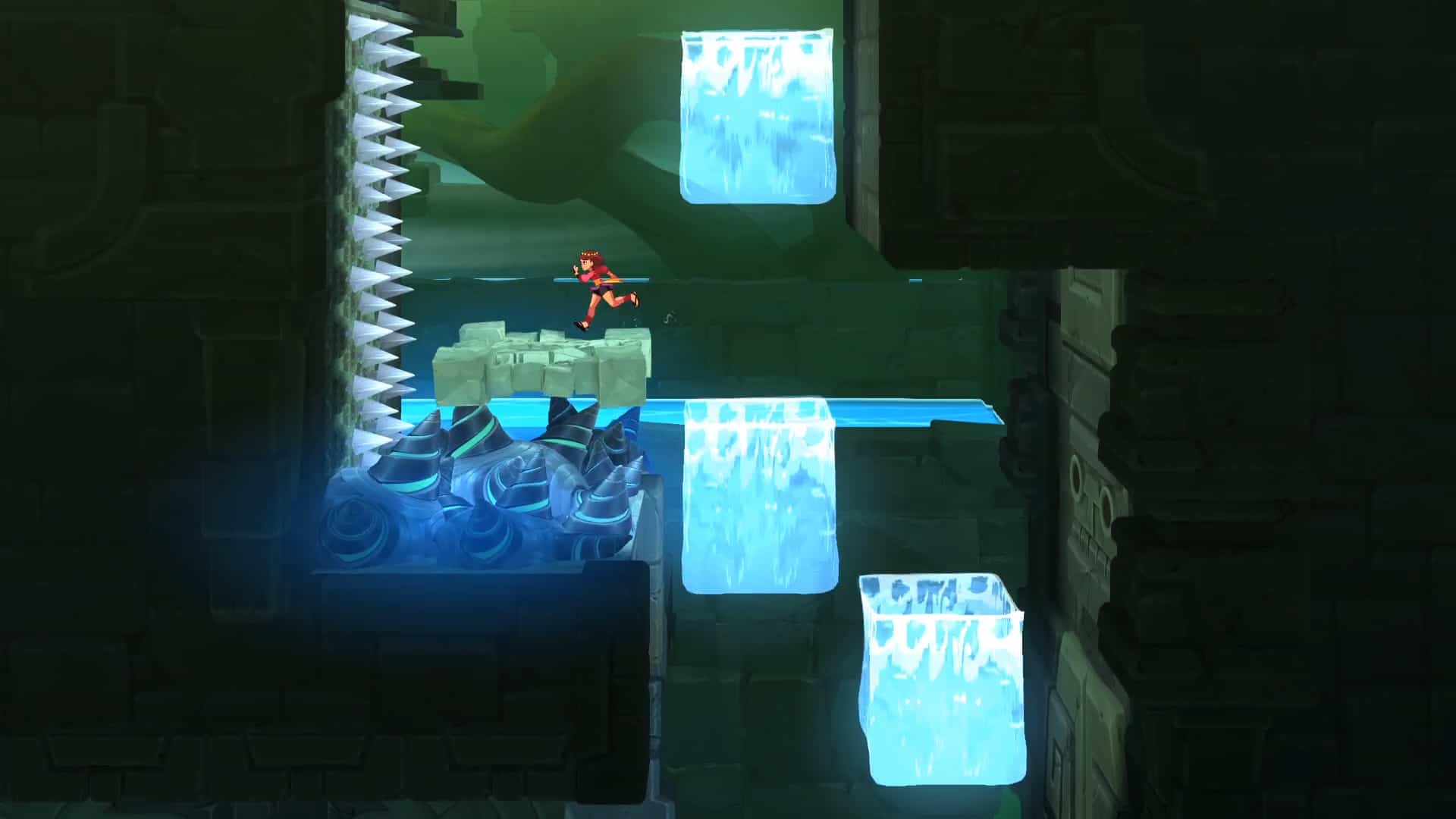
There is the occasional timed platforming section that sets a bit of a challenge, though they rarely require any creativity. I kept wishing that Indivisible would test my ability to combine my skills. Indivisible’s exploration sections are the La Croix of platforming games: not nearly as much flavor as their inspirations.
As for its story, Indivisible feels self-aware of its JRPG cliches, such as Ajna’s bullheaded conviction that she can punch her problems away or Dhar’s initially blind devotion to his warlord master, but settles for hanging a lantern on those character cliches instead of subverting them. It’s rife with cloying lines like “you’ve been like a father to me” spoken by the broody anti-hero to the aloof antagonist who I am very certain did not take an active role in teaching his child soldiers to throw baseballs. The melodramatic lines grate, but the well-stocked cast of talented voice actors including (among many others) Matthew Mercer and Michael Dorn make most characters amusing in spite of their cheesiness.
Although Indivisible may not be my flavor of story or platforming, its battles are a successful experiment in adapting fighting game-like combat to an RPG. Its sleek 2D animations, easily chained attacks, and versatile cast of characters all make me feel like a powerhouse, even though I’d fare much worse in the competitive fighting games the system was derived from.
Read our review policy
Indivisible’s inventive battle system brings the thrill of a fighting game to a JRPG-like party system but its platforming sections aren’t as magical.

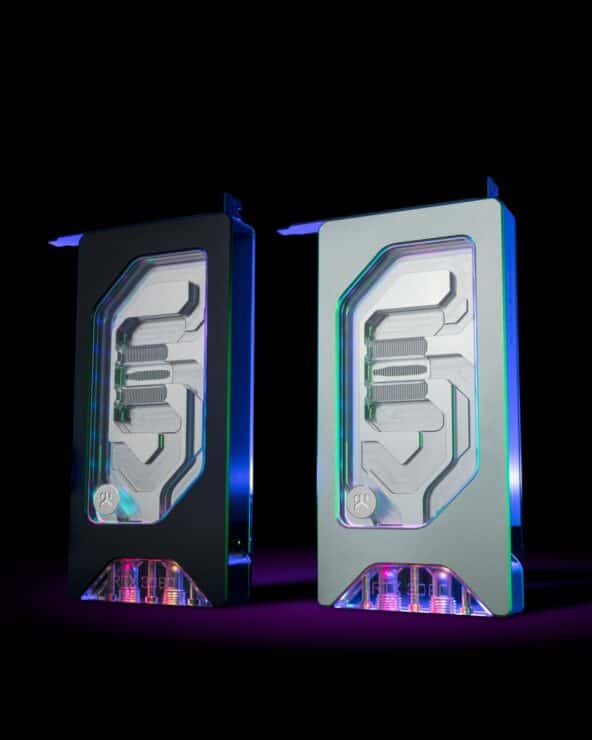
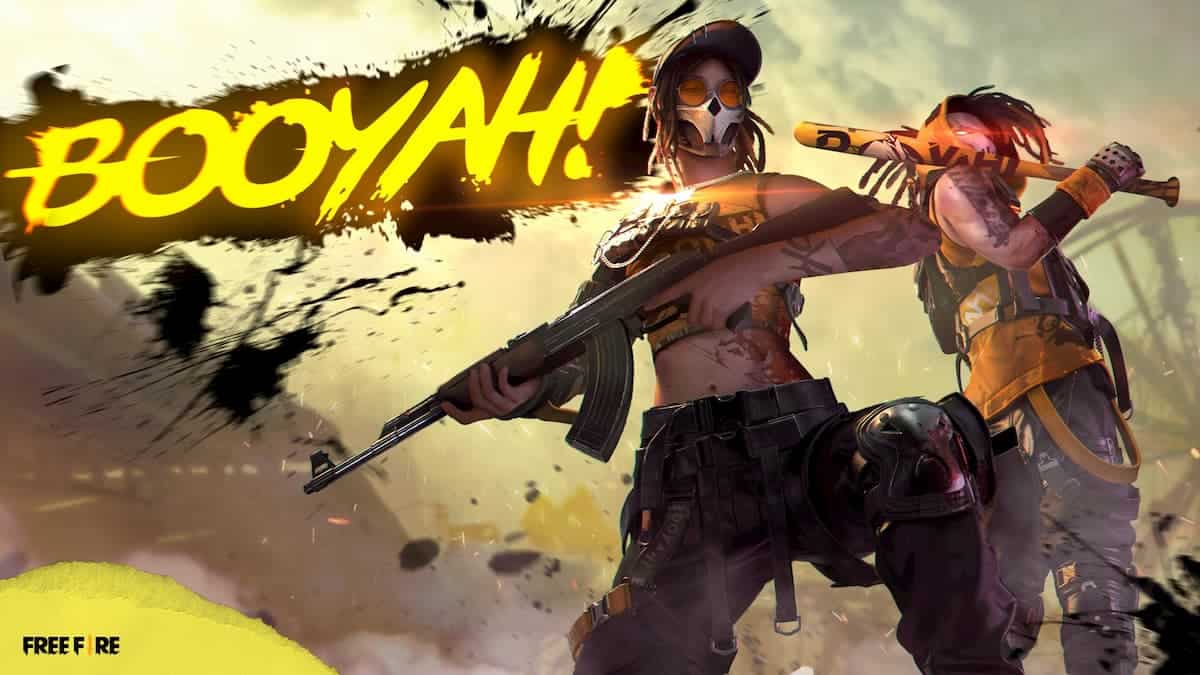
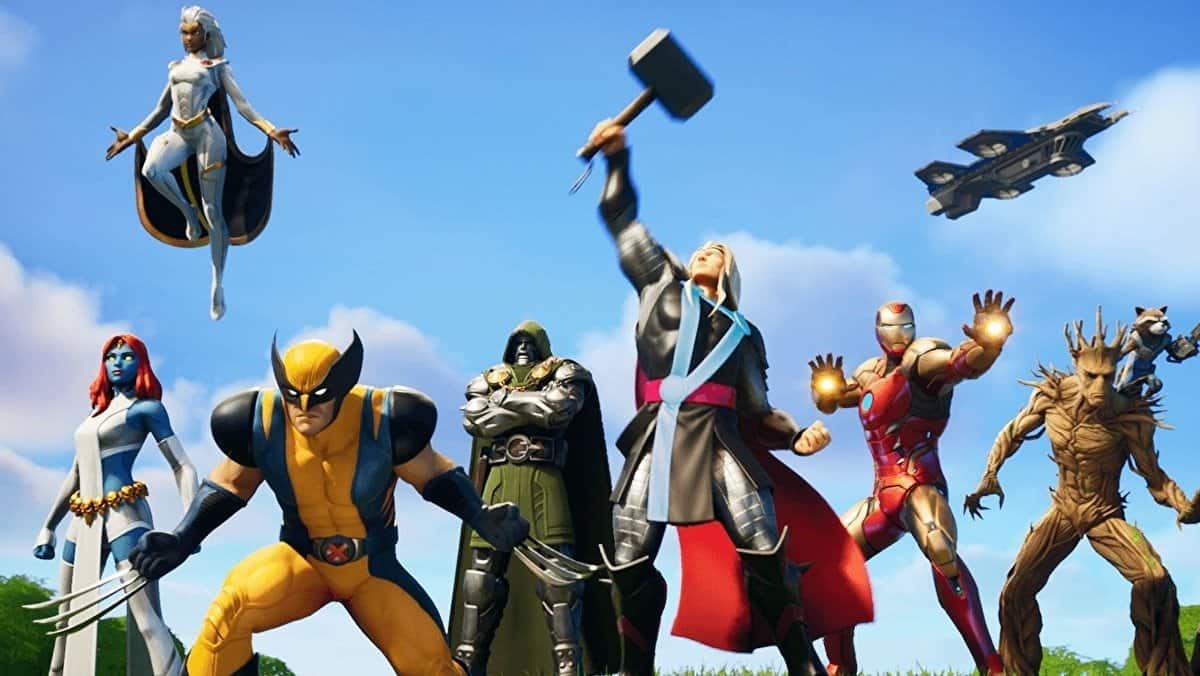
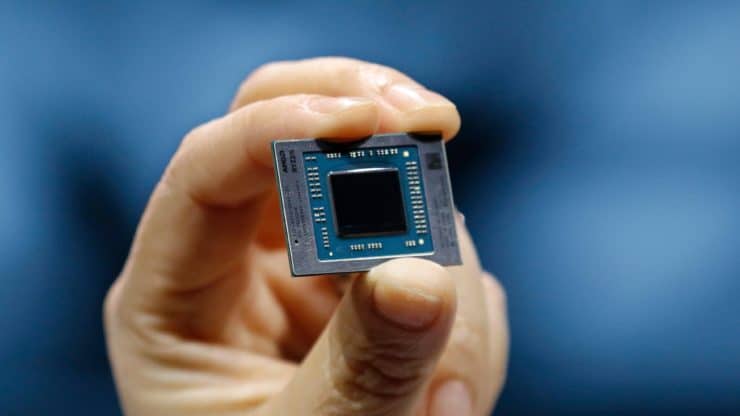
More Stories
Firefighting Simulator – The Squad review — Through the fire and the shame
Maid of Sker review — Death in the slow lane
PHOGS! review – It’s a dog-help-dog world out there